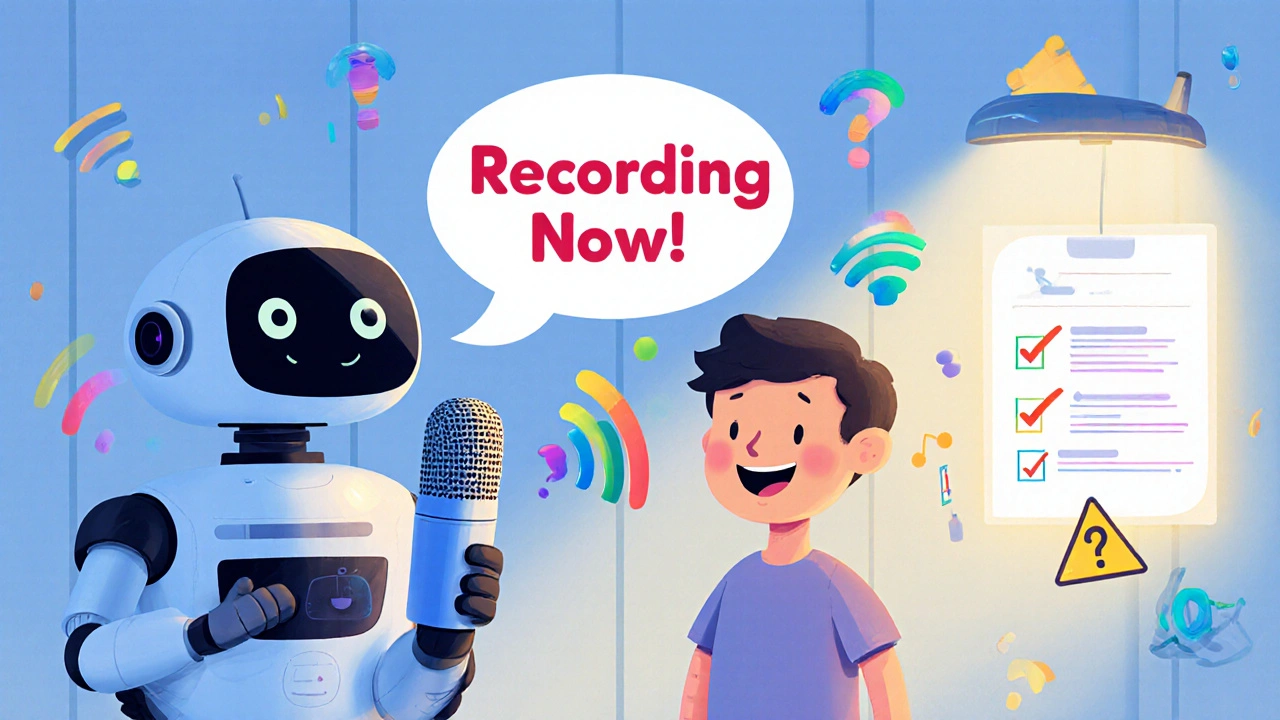Compliance Recording: What It Is and Why Your Business Needs It
When you record calls in your business, you’re not just saving conversations—you’re building a legal shield. Compliance recording, the practice of legally required call recording to meet regulatory standards. Also known as regulated call recording, it’s not optional for industries handling sensitive data like healthcare, finance, or customer support. If you’re using VoIP systems, this isn’t a feature you can ignore—it’s a requirement tied to how you store, protect, and use voice data.
Compliance recording isn’t just about hitting a record button. It’s tied to laws like GDPR, the European Union’s strict data protection rule that demands consent and secure handling of personal audio, and HIPAA, the U.S. health privacy law that requires encrypted, auditable call logs for patient conversations. These aren’t suggestions. Fines for breaking them can run into millions. Even if you’re not in healthcare or Europe, if you serve customers in those regions, these rules apply to you. And it’s not just about the law—many businesses use compliance recording to train staff, resolve disputes, and prove they handled calls properly.
Most VoIP platforms now include recording tools, but not all are built for compliance. Some store recordings in the cloud without encryption. Others don’t give users control over who can access them. True compliance recording means encryption at rest and in transit, audit trails showing who accessed what, and clear policies on retention and deletion. It also means knowing when you need to notify callers they’re being recorded—some states and countries require two-party consent. You can’t just copy-paste a recording setting from your sales team to your support team and call it done.
What you’ll find in the posts below are real setups, real mistakes, and real fixes. You’ll see how companies use call tagging to link recordings to outcomes, how they avoid hidden fees from recording add-ons, and how they align their VoIP security with NIST guidelines. There’s no fluff here—just how-to guides, comparisons, and lessons from teams that got it right (and those who paid for getting it wrong).
